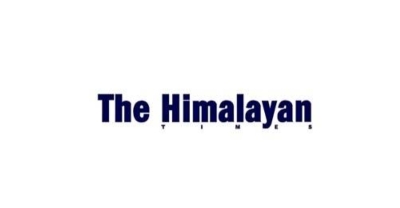Nepal and digital innovations
Millennials are the digital natives, and Nepali youths are no exception. An exciting number of youths are already nurturing their businesses within the internet community.
Very slowly, government entities are also going ‘online’. Introducing websites, online forms and digital cards are examples of how the Nepal government has been coping with the booming digitisation.
When the whole world has surpassed us in the field of physical infrastructure development and modern industrialisation, we have been wailing about us being a landlocked country. Investments are slowly flowing in, but the question is, why are we so slow? The whole world is going digital at such a pace, and we are complaining about issues like problems in online forms and license cards.
Many firms in different countries are working jointly with governments in innovative works that have led to improved well-being of public service sectors, agriculture, SMEs, social security and inclusive financialisation.
Mutual benefits among the users and service providers have led to their growth. Hello Tractor (Nigeria), MicroBenefits (China), LOOP (India), Usalama (Kenya), WISE (Senegal) and FarmDrive (Kenya) are just a few examples.
These innovations have been promoted by their respective governments, which is why they have been successful.
Reading about these global movements, it aches our hearts to see how Nepal is struggling.
Innovation in the digital economy requires neither gigantic investments nor access to the sea.
It is still annoying why only individuals are utilising this open platform. The government remains passive in encouraging innovation and regulating the proper use of the internet. We should understand that many intimidating issues like enduring unemployment, underemployment, brain drain, social security, tourism, agriculture and civil service sectors can be immensely improved when innovative digitisation is injected into the economy. With the number of active internet users growing fast, we can align them parallelly with the economy’s growth.
Although at the organisational and enterprise level, there have been significant amounts of digital innovations lately, government entities should also be more interested. Digital payment systems (like eSewa and Khalti) and public transport apps (like Pathao and Tootle) are a few emerging digital innovations struggling to attract government support.




